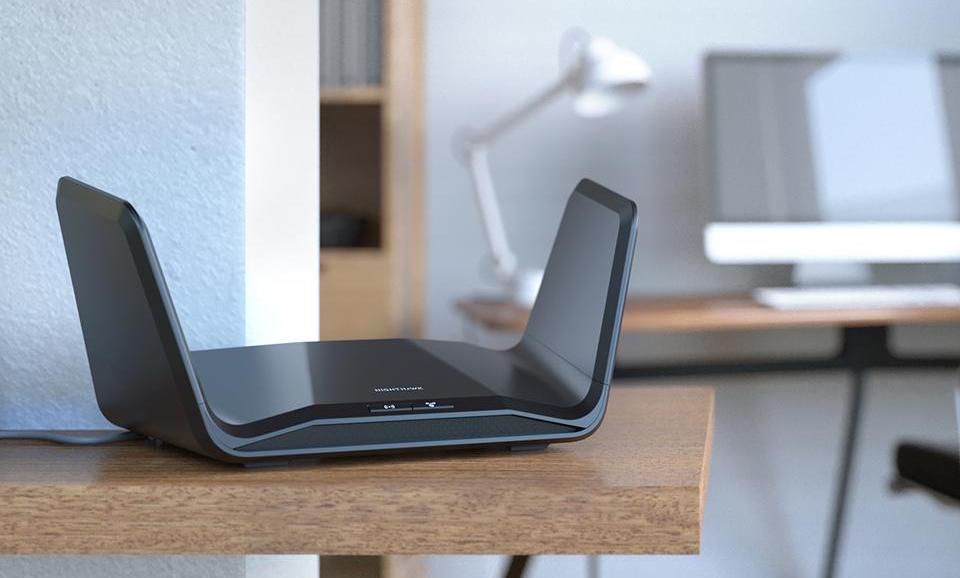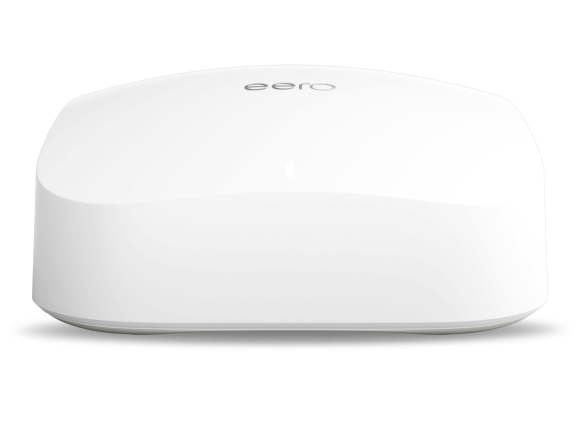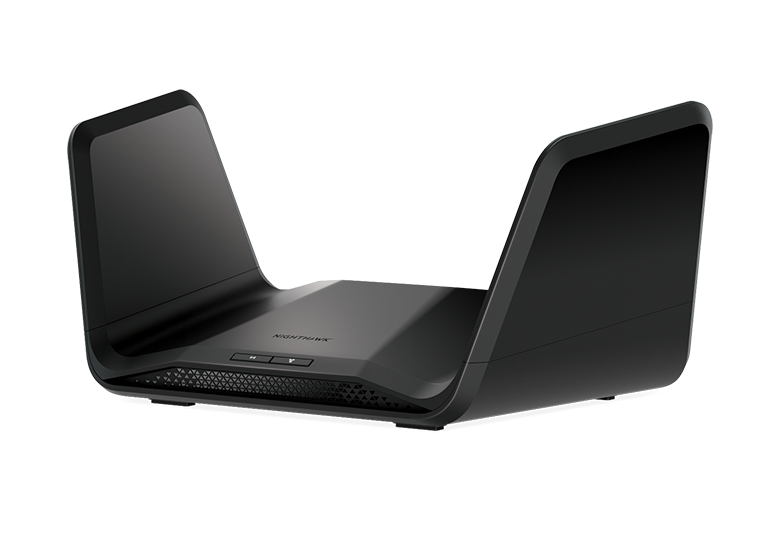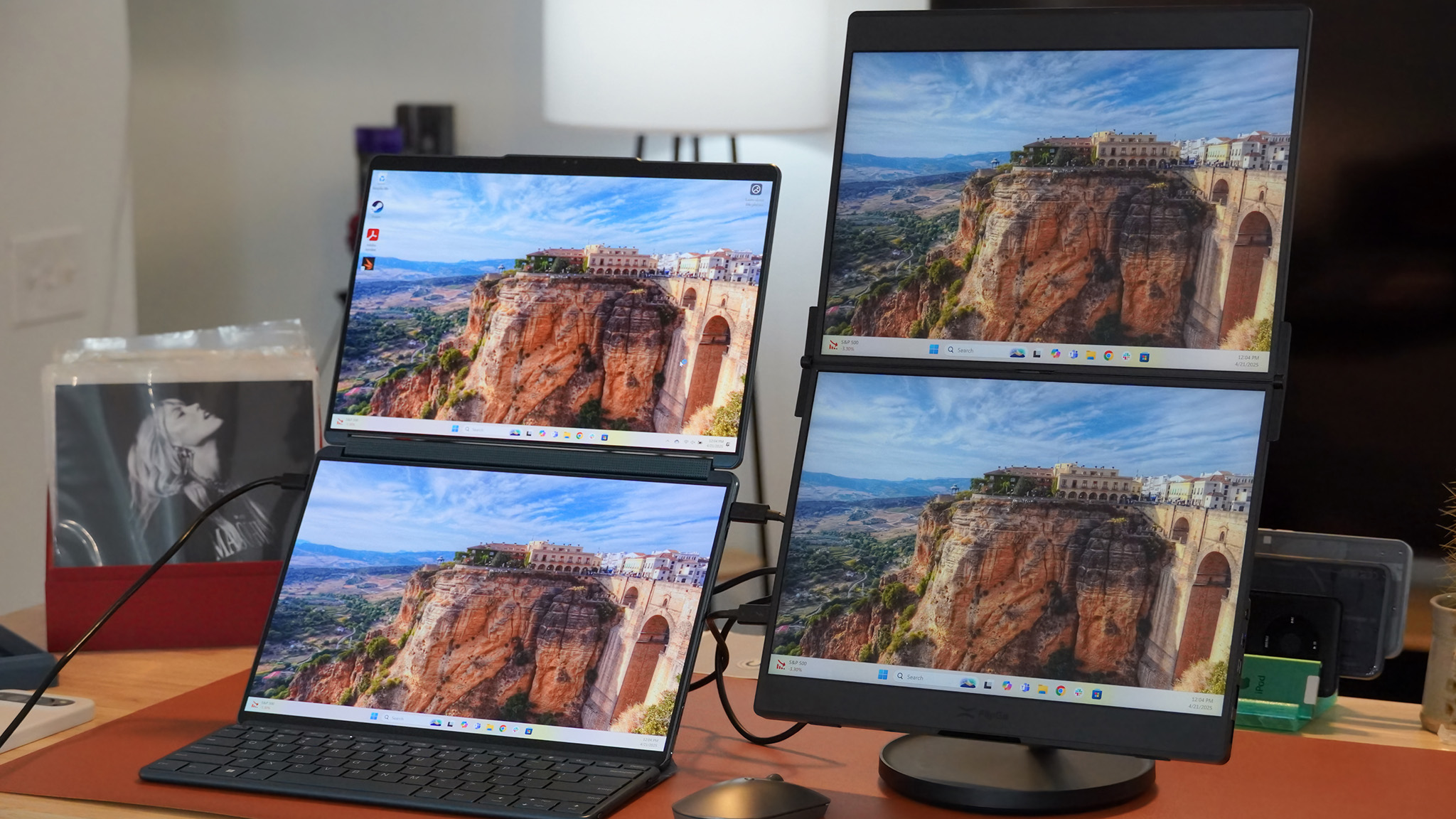Should you get a 160 MHz Wi-Fi 6 router?

Best answer: To get as much speed as possible from your Wi-Fi 6 router, 160MHz is a must. For most homes, however, the speeds available at 80MHz are more than enough.
Most don't need 160MHz and can't use it
The frequency ranges open to our Wi-Fi routers can be broken into several different channels typically 40MHz or 80MHz wide. Some newer routers, especially high-end Wi-Fi 6 routers, are using 160MHz channels at 5GHz to achieve truly impressive speeds. However, for many people and their wireless devices, these speeds aren't accessible. To get the most out of a router with 160MHz support, you need a device that supports it and while they exist, it's mostly limited to high-end desktop motherboards and premium notebooks.
Wi-Fi 6 doesn't always mean you'll get 160MHz. Wi-Fi 6 capable phones like the Galaxy S20 series only use 80MHz resulting in a maximum connection speed of 1.2Gbps, for example. By no means is this slow and for most people, it's quite a bit faster than their internet connection, but it does mean that a 160MHz router isn't very useful, at least for mobile-focused devices.
Some notebook and desktop PCs can use this tech and many can even be upgraded to support it. One of the main chipsets you'll see is the Intel AX200, which supports 160MHz 5GHz channels for a connection speed up to 2.4Gbps. Companies like Asus also make an PCI-E upgrade that you can drop into a compatible PC.
Upgrading to 160MHz support on Wi-Fi 6 isn't quite the perfect solution it seems like at first thanks mainly to the upcoming Wi-Fi 6E standard, which will take 160MHz Wi-Fi to the next level.
Wi-Fi 6E will be huge for 160MHz Wi-Fi
Be an expert in 5 minutes
Get the latest news from Android Central, your trusted companion in the world of Android
Wi-Fi 6E is, for the most part, identical to Wi-Fi 6 with one key difference. The addition of 6GHz spectrum allows for an additional seven 160MHz channels compared to the two on Wi-Fi 6 using 5GHz.
If you're looking to build the ultimate wireless home network with as much speed and consistency as possible, you should buy a Wi-Fi 6E router. Of course, you'll need Wi-Fi 6E capable devices to fully utilize a Wi-Fi 6E router, but with most tri-band Wi-Fi 6E routers like the Asus ROG Rapture AXE11000 supporting 160MHz at both 5GHz and 6GHz, you should still get great Wi-Fi 6 speeds with support for fast 3x3 Wi-Fi 5 devices like the Intel MacBook Pro.
When Samuel is not writing about networking or 5G at Android Central, he spends most of his time researching computer components and obsessing over what CPU goes into the ultimate Windows 98 computer. It's the Pentium 3.



